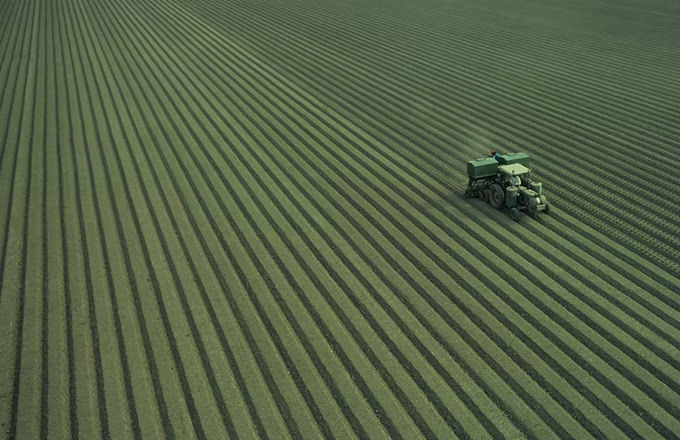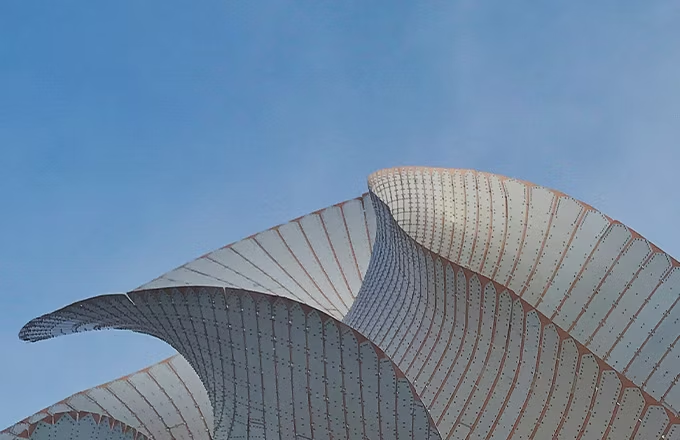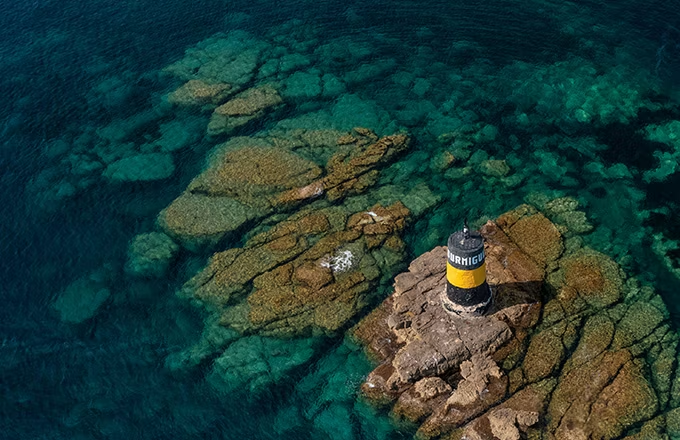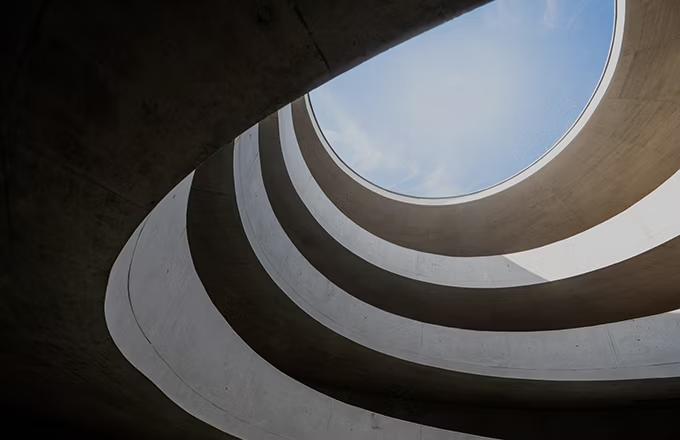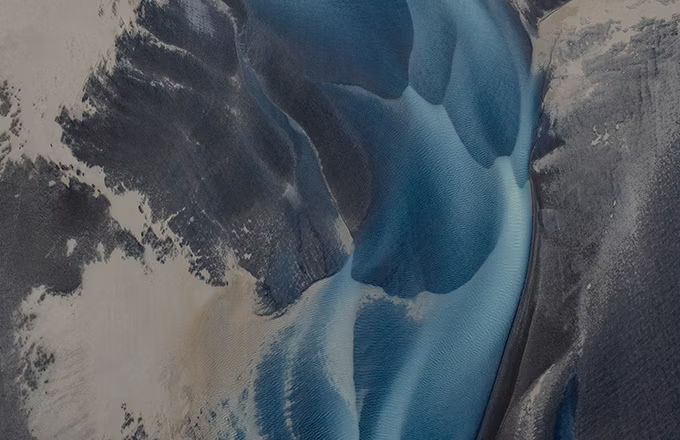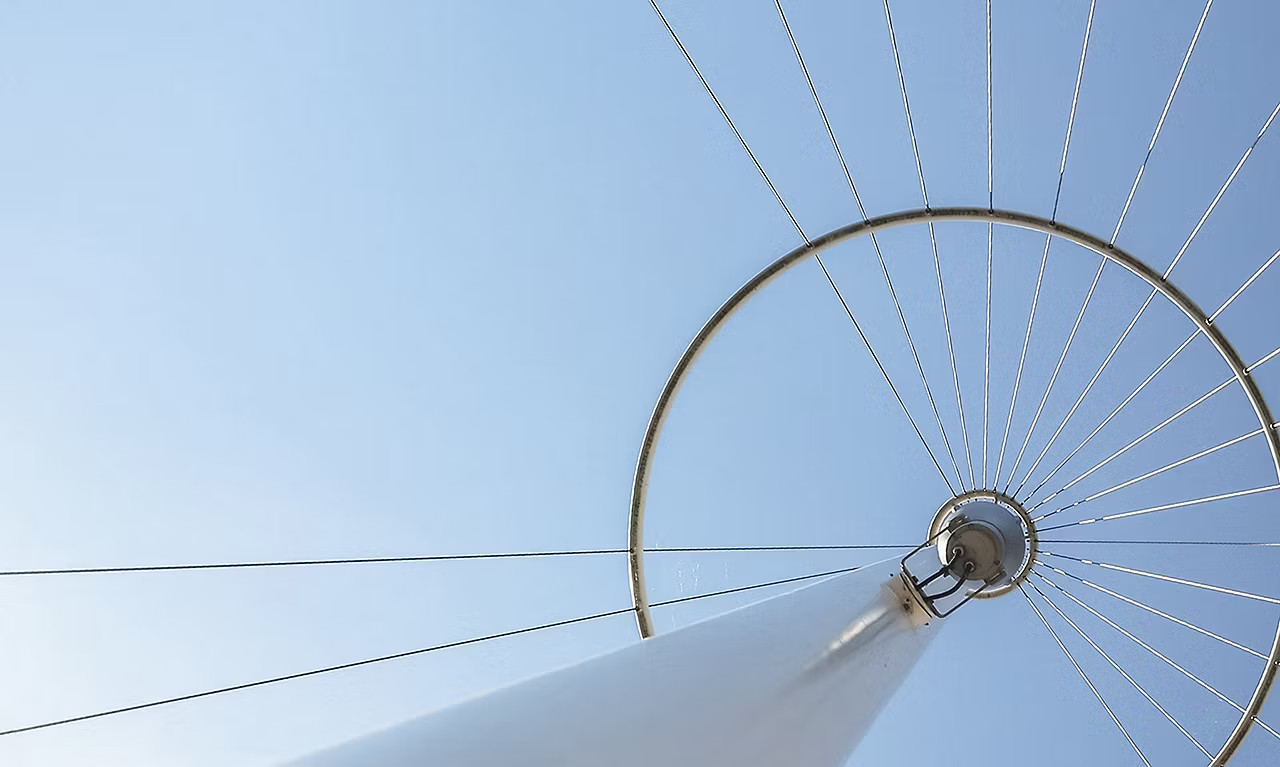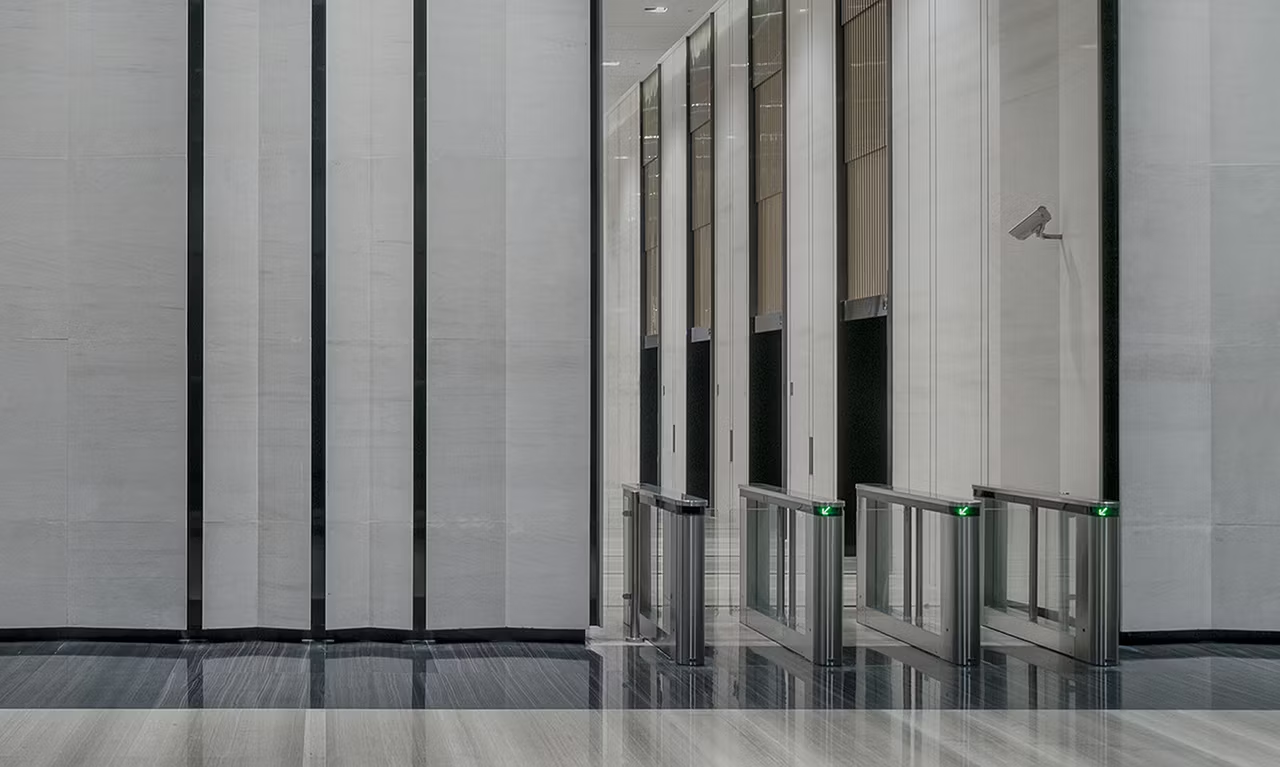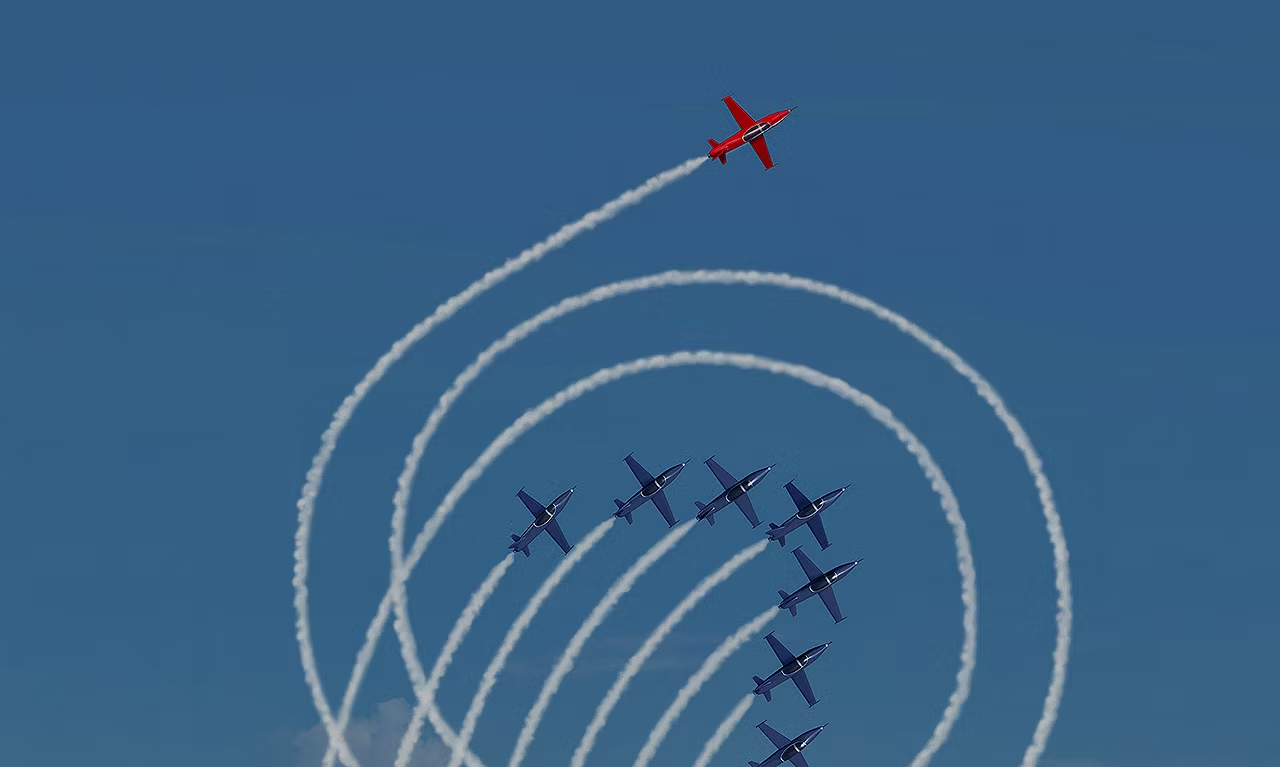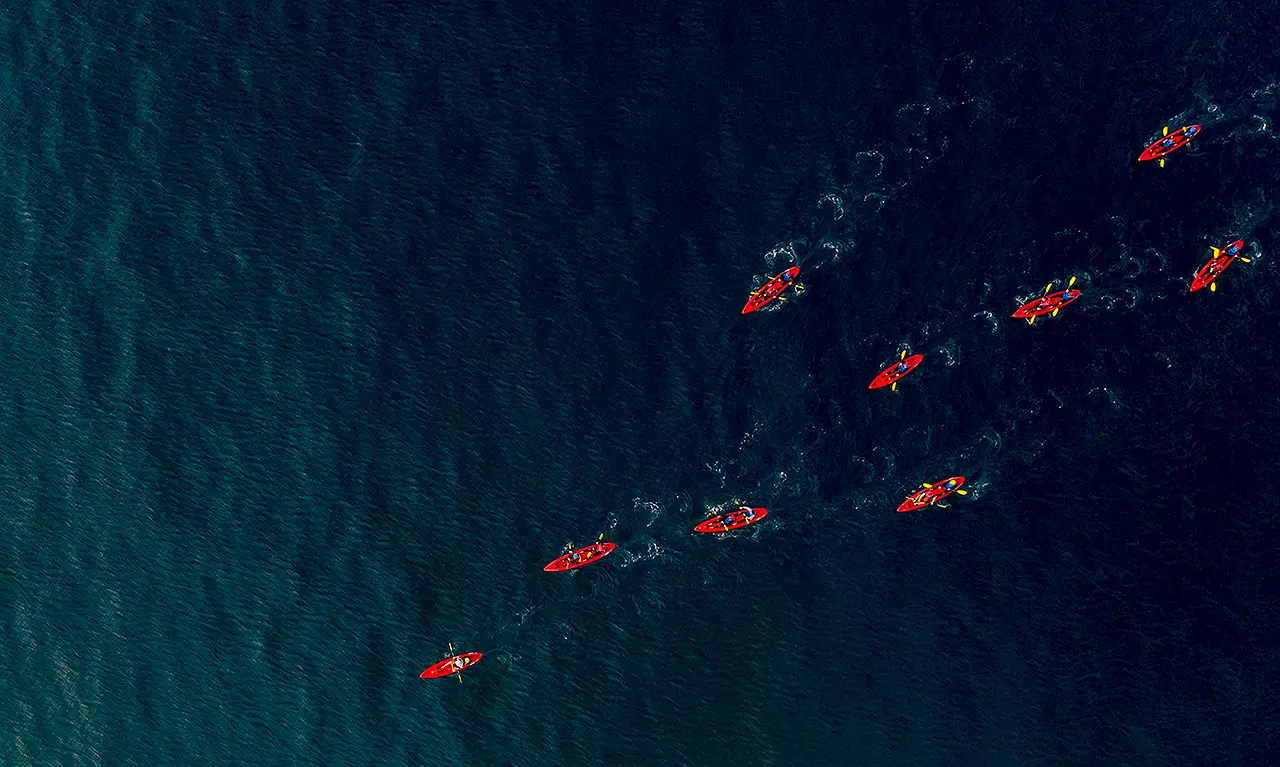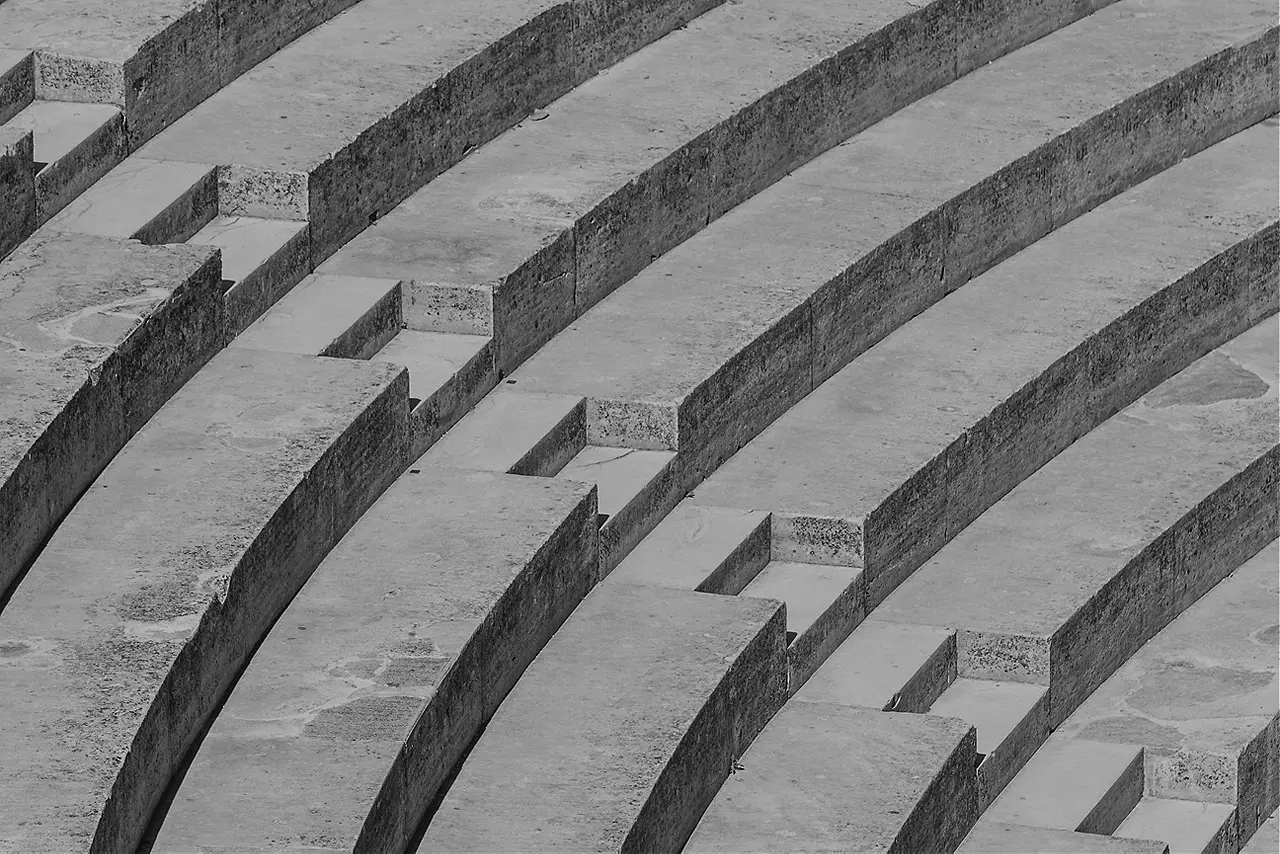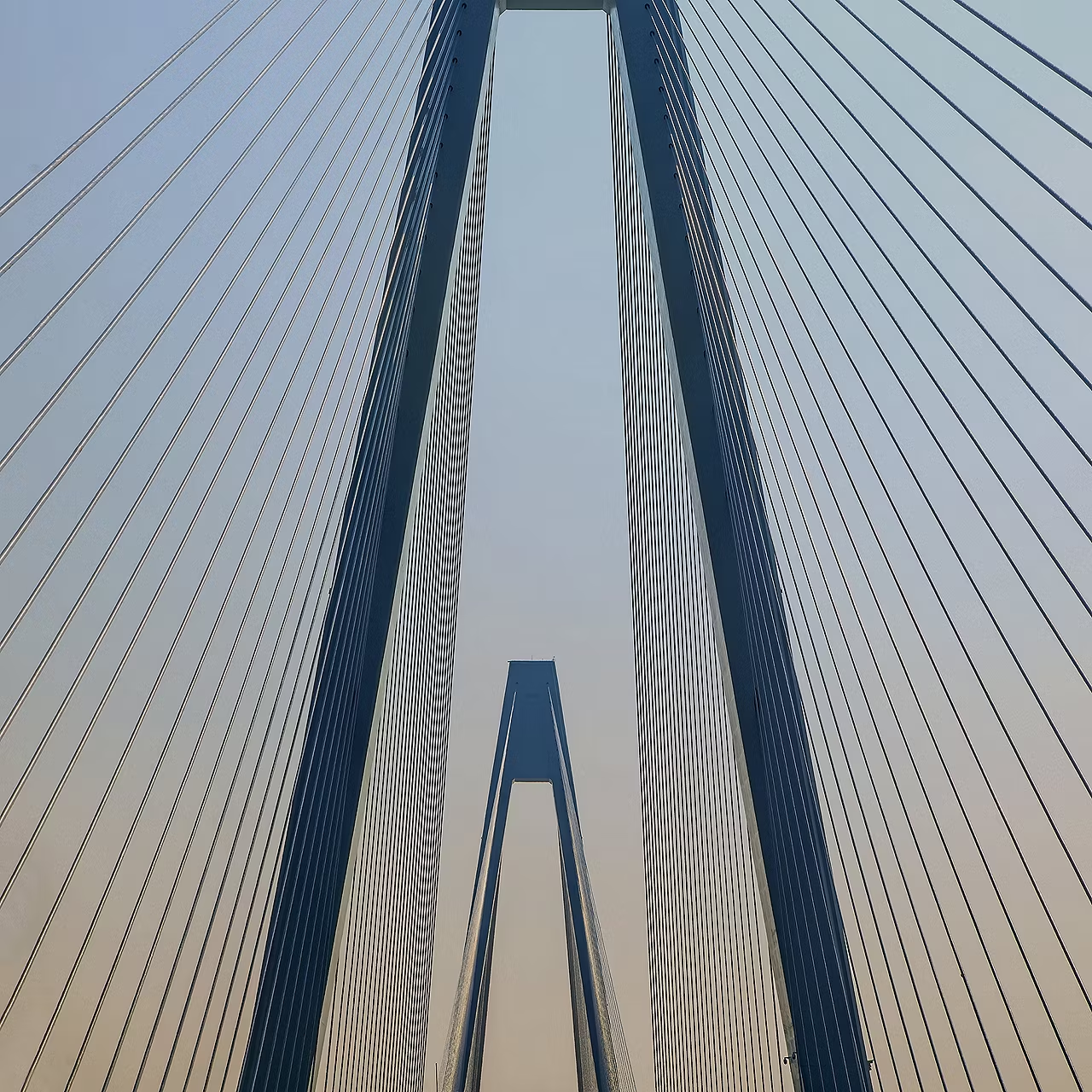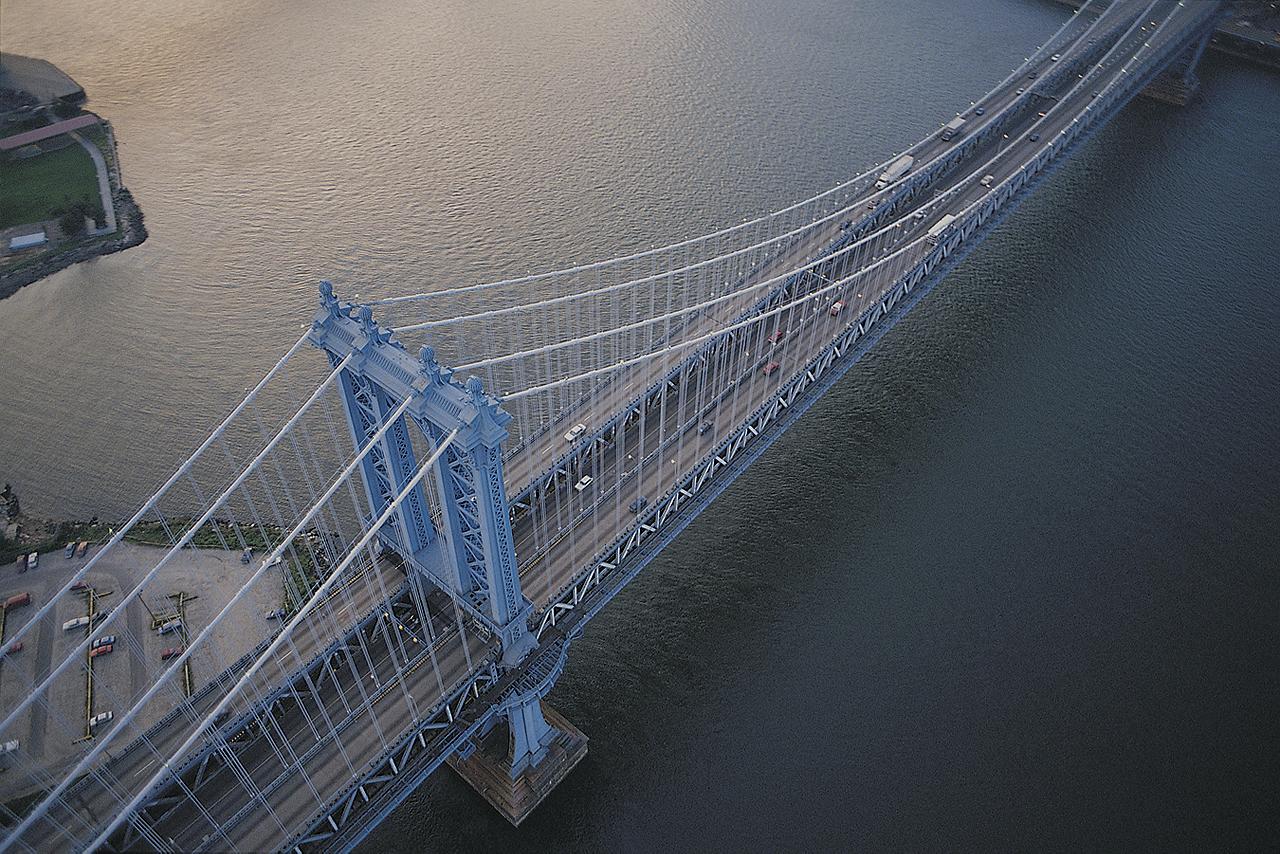Summary
Can investment results be attributed to skill or luck? Genuine skill is more likely to persist, while luck is random and fleeting. Thus, one measure of skill is the consistency of a fund’s performance relative to its peers. The Persistence Scorecard measures that consistency and shows that, regardless of asset class or style focus, active management outperformance tends to be relatively short lived, with few funds consistently outranking their peers.
Among a total of 255 funds in our seven regional and six international reported fund categories across Brazil, Chile and Mexico, only four funds (1.6%) that were in the top quartile for the 12-month period ending December 2020 managed to remain in the top quartile for each of the next four years (see Report 2). Exhibit 1 illustrates that in all but two categories, less than 20% of funds outperformed for three consecutive years (see Report 1b).

Report Highlights
Brazil
- Among Brazil’s top-performing equity fund managers, most did not maintain their outperformance in subsequent years. Of the 56 Brazil Equity funds ranked in the top quartile for the 12-month period ending December 2020, only one remained consistently in the top quartile over the four subsequent one-year periods (see Report 2). Active fund outperformance in 2022 did not predict outperformance in the two subsequent years (see Report 1b).
- The Brazil Government Bond funds category showed similar decay of outperformance; not a single top-quartile manager as of December 2020 was able to remain in the top quartile for the four subsequent 12-month periods (see Report 2).
- Results for Brazil Corporate Bond funds were slightly better, with 8.7% of managers maintaining consistent top-quartile performance for five years in a row, and 26.7% remaining in the top quartile for two consecutive three-year periods (see Reports 2 and 3).
- Brazil-domiciled equity funds focused on international equities fared poorly, with zero funds in either the Global Equity (BRL) or U.S. Equity (BRL) categories able to outperform over three consecutive years ending in 2024 (see Report 1b).
Chile
- Most Chile Equity funds showed a lack of persistence, with only one out of eleven (9.1%) of the top-quartile funds for the first 12-month period repeating its outperformance over the subsequent four years ending in 2024 (see Report 2).
- Only 20.0% of the top-quartile funds in the first period of the three-year transition matrix remained in the top quartile at the end of the second period (see Report 3).
- Among funds ranked in the top half for the three-year period ending December 2021, the majority (55.0%) either fell to the bottom half, were merged or were liquidated over the subsequent three-year period (see Report 4).
- Among the 14 Chile-domiciled Global Equity funds that outperformed in 2022, two (14.3%) continued to outperform over the following two years. No Chile-domiciled U.S. Equity funds achieved the same feat (see Report 1b).
Mexico
- Mirroring the results of other regions, top-quartile managers in Mexico had difficulty replicating their rank in subsequent years. After one year, 27.3% of 2020’s top-quartile Mexico Equity funds remained in the same quartile, but this proportion fell to zero after four years (see Report 2).
- The three-year transition matrix shows that 40% of top-quartile funds subsequently dropped to quartile three or four over the three-year period, while another 40% remained in the top quartile (see Report 3).
- Consistent with data from the SPIVA® Latin America Year-End 2024 Scorecard,
- Mexico had a higher fund survival rate than Brazil and Chile across all periods measured (see Reports 3, 4, 5 and 6). Only three (8.1%) of Mexico Equity funds were merged or liquidated over the five-year period ending December 2024 (see Report 6).
- Among Mexico-domiciled Global Equity and U.S. Equity funds that outperformed in 2022, none continued to outperform over the following two years (see Report 1b).






